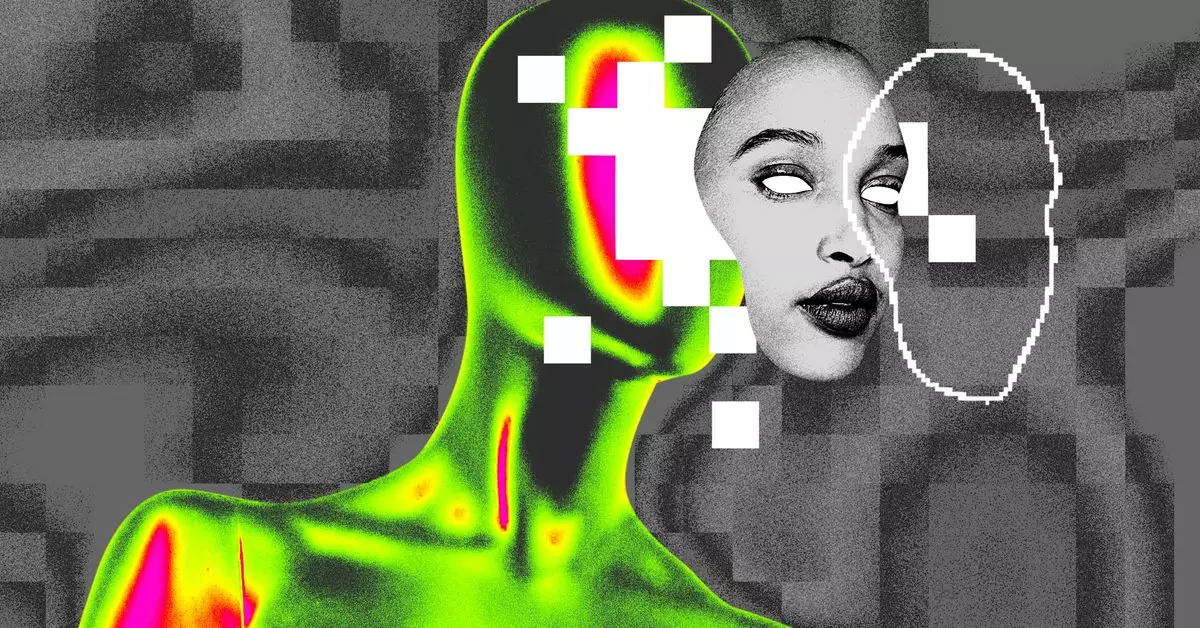In an era where social media shapes perceptions of beauty and self-worth, TikTok has begun to acknowledge the potential harms associated with the use of beauty filters, particularly for its younger audience. The platform’s recent decision to impose age restrictions on specific beautifying filters has sparked a crucial conversation about mental health, digital identity, and societal standards of attractiveness. This article will delve into the implications of these changes and how they aim to foster a healthier online environment for teenagers.
TikTok’s initiative to restrict access to certain appearance-enhancing filters for users under 18 is a significant move towards curbing the adverse impacts these tools can have on self-image. Filters that create strikingly altered aesthetics, such as smoother skin or elongated facial features, have been identified as contributors to a misleading sense of reality. The proposal to limit age-appropriate use is critical; nevertheless, TikTok has clarified that fun, whimsical filters—like those that add animal ears—will remain accessible regardless of age. This distinction emphasizes the platform’s awareness of nuance in filter usage while addressing the concerning trend of “Instagrammable” beauty that has come to dominate social media.
This move by TikTok was largely spurred by a report from Internet Matters, a non-profit focused on the online safety of children, which outlined the pervasive effect of beautifying filters on teenagers’ perceptions of themselves and others. The report suggests that young users frequently struggle to differentiate between authentic and edited images, leading to detrimental social pressures. Here lies a major concern: a generation raised on filtered realities may develop skewed expectations of beauty, which, in turn, can lead to mental health issues such as anxiety and depression. TikTok’s response is a step in the right direction, yet it remains vital for all social media platforms to evaluate the impacts of user-generated content.
The announcement made during the European Safety Forum in Dublin brings light to TikTok’s broader intentions for community safety. While these new measures currently appear to be targeted at European users, it prompts questions regarding the future application of these restrictions elsewhere, particularly in regions where the influence of beauty standards can be similarly detrimental. As TikTok is used by over 175 million individuals in Europe alone, harmonizing regional policies can create a more universally considerate framework for social media interaction among younger audiences.
Further reinforcing its commitment to user safety, TikTok has also announced the introduction of resources aimed at guiding individuals in distress—those reporting experiences related to suicide, self-harm, or harassment will be connected to local helplines. This move not only enhances the platform’s safety protocols but demonstrates an evolving understanding of the complexities of its user base.
Additionally, TikTok is actively exploring machine-learning advancements to detect and manage accounts belonging to users under the age of 13, emphasizing accountability and safeguarding the platform’s youngest users. With nearly six million accounts deleted each year due to age violations, this tech-driven approach could be paramount in ensuring an overall safer digital environment.
The steps taken by TikTok to enforce age restrictions on certain beauty filters showcase a growing awareness within the social media industry regarding the implications of digital aesthetics and their influence on youth. While the platform strives to create a safer online atmosphere, the real success of such initiatives will depend on a collaborative effort among tech companies to prioritize user well-being over engagement metrics. As social media continues to flourish, it is imperative that all platforms evolve alongside their users, cultivating spaces where authenticity can thrive, and where young individuals can freely express themselves without fear of judgment or unrealistic comparison. In the long run, genuine connection and mental wellness should take precedence over curated facades.

